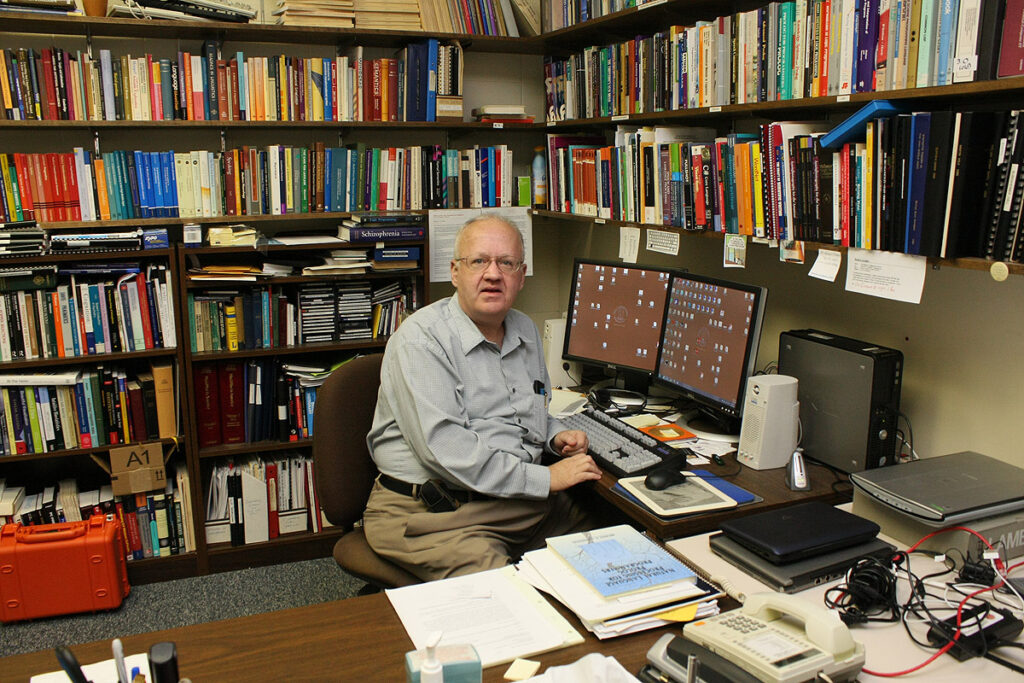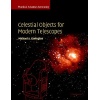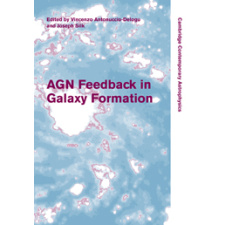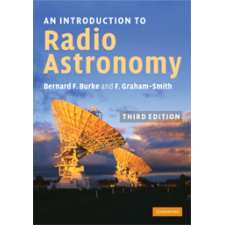Based on field notes made by Michael Covington throughout his career as an amateur astronomer, this guide covers both the traditional and novel approaches to studying the night sky. In addition to the more standard techniques, it discusses the latest modern resources available to today’s astronomer, such as personal computers, the internet, and computerized telescopes. Covington includes practical advice on site selection and weather; detailed instructions for observing the Sun, Moon, planets, and deep-sky objects; and newer specialties such as satellite observing and the use of astronomical databases. Written to complement How to Use a Computerized Telescope, this book appeals to astronomers with more traditional equipment. Michael A. Covington is an associate research scientist at the University of Georgia. He is a computational linguist trained in the computer processing of human languages and the computer modeling of human logical reasoning, and a widely recognized expert on the Prolog programming language. He is the author of nine books including Dictionary of Computer and Internet Terms, Seventh Edition (Barron’s, 2000), Astrophotography for the Amateur (Cambridge, 1999), PROLOG Programming in Depth (Simon & Schuster, 1996), Cambridge Eclipse Photography Guide (1993), and Syntactic Theory in the High Middle Ages (Cambridge, 1985). A senior member of the Institute of Electrical and Electronics Engineers, Covington is a Contributing Editor to, and former “Q&A” columnist of Poptronics magazine.
>Designed as a modern handbook for a new generation, it places strong emphasis on computers, the Internet, new data sources, and computer-controlled telescopes
>Where appropriate, maps in the book are mirror-imaged to match the view in 80% of modern telescopes
>The catalogue of interesting deep-sky objects is specifically tailored for observers in suburban areas affected by light pollution
Reviews & endorsements
“This book is highly recommmended for all public, college and university libraries. The modest price would also make it an attractive purchase for private collections as well.” E-STREAMS
“Altogether, one of the best field guides available. Highly recommended.” Choice
Author
Michael A. Covington, University of Georgia
Michael Covington is one of America’s leading amateur astronomers and the author of Astrophotography for the Amateur (0521641330).
Table of Contents
Preface
Part I. Amateur Astronomy:
1. Using this book effectively
2. Observing sites and conditions
3. The Moon, the Sun, and eclipses
4. The planets
5. Comets, asteroids (minor planets), and artificial satellites
6. Constellations
7. Stars – identification, nomenclature, and maps
8. Stars – physical properties
9. Double and multiple stars
10. Variable stars
11. Clusters, nebulae, and galaxies
Part II. Celestial Objects for Suburban Telescopes:
12. Celestial objects for suburban telescopes
13. The January-February sky (R.A. 6h-10h)
14. The March-April sky (R.A. 10h-14h)
15. The May-June sky (R.A. 14h-18h)
16. The July-August sky (R.A. 18h-22h)
17. The September-October sky (R.A. 22h-2h)
18. The November-December sky (R.A. 2h-6h)
Part III. Appendices: A. Converting decimal minutes to seconds
B. Precession from 1950 to 2000
C. Julian date, 2001–2015.








Web Hosting –
Its 368 pages range from what there is to see in the sky, both night and day, to advanced techniques like astrophotography and collimation. The authors have laid out technical details and tips that will save a neophyte telescope user many hours of frustration, very good information.
Ranessa –
Covington as usual, does an excellent job on making this book simple and easy arm chair reading, but still very useful in the field. Learn the sky with your telescope!